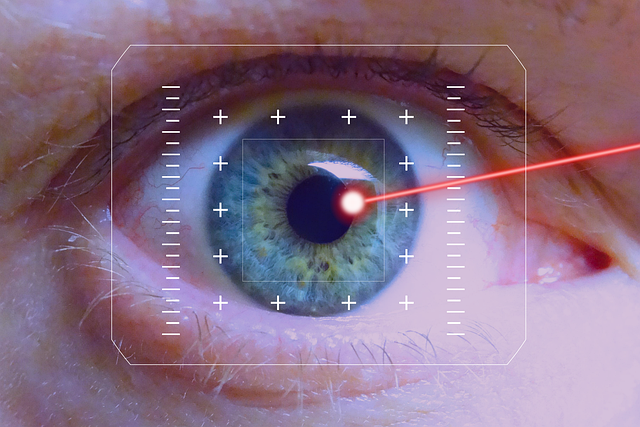In the ever-evolving world of display technology, one term that frequently dominates conversations is resolution dependency. Whether you’re watching your favorite series on a sleek new TV or immersing yourself in the vibrant world of gaming on a high-end monitor, understanding resolution dependency can greatly enhance your viewing experience and image quality.
Resolution dependency refers to the dependence of visual clarity and detail on the pixel density and arrangement of a display. As our appetite for high-quality images grows, so does our understanding of how resolution impacts our visualization. Take, for instance, the shift from standard definition (SD) to high definition (HD), and now to ultra-high definition (UHD) displays. Each leap in resolution has not only introduced more pixels but has also refined our viewing experience, enabling us to see images as they were intended—sharp, detailed, and true to life.
When browsing for a new television or monitor, you’ll come across various resolution options, each boasting its advantages. Full HD (1920×1080) was once the pinnacle, yet the rise of 4K (3840×2160) has set a new standard that many now aspire to achieve. The increase in pixel count allows for finer details, enhancing the overall visual fidelity. However, it’s important to realize that higher resolution doesn’t automatically equate to a better experience. Factors such as screen size, distance from the viewer, and the quality of the source material all play crucial roles in determining whether you’ll truly benefit from those extra pixels.
This brings us to the role of monitors in professional environments. Graphic designers, video editors, and gamers often rely on monitors with higher resolutions to ensure their work is displayed with utmost accuracy. Imagine editing a photo—what seems like a slight change at lower resolutions may become glaring when viewed on a higher-resolution screen. Furthermore, with the rise of 8K technology, the industry is exploring not just more pixels but also how we perceive images. Is the human eye capable of discernibly noticing the difference in clarity at such high resolutions? Resolution dependency becomes a vital aspect of these discussions.
Another essential feature of display technology is the refresh rate, which measures how many frames per second (fps) a monitor or TV can display. This aspect can also influence how we perceive resolution. A monitor with a resolution of 4K but a mediocre refresh rate can lead to motion blur and a less immersive experience while gaming or watching fast-paced action scenes. The synergy between resolution and refresh rate emphasizes the important interplay of various technical specifications in delivering an optimal viewing experience.
Furthermore, as technology advances, content availability is also improving. Streaming services are now offering content in 4K and HDR (High Dynamic Range), taking full advantage of the high-resolution displays available today. However, this begs the question—are we truly ready for such advancements? Resolution dependency becomes clearer here, as the ability to enjoy such high-definition content requires not only the appropriate screen but also a capable internet connection that can support high bandwidth demands.
Ultimately, understanding resolution dependency helps define the future of display technology. It equips consumers to make informed decisions that cater to their specific needs, whether it’s for a cinematic home theater experience, precise professional work, or simply enjoying the finer details in their favorite shows and games. Embracing this knowledge can lead to a more rewarding relationship with our screens, ensuring that every pixel counts.




